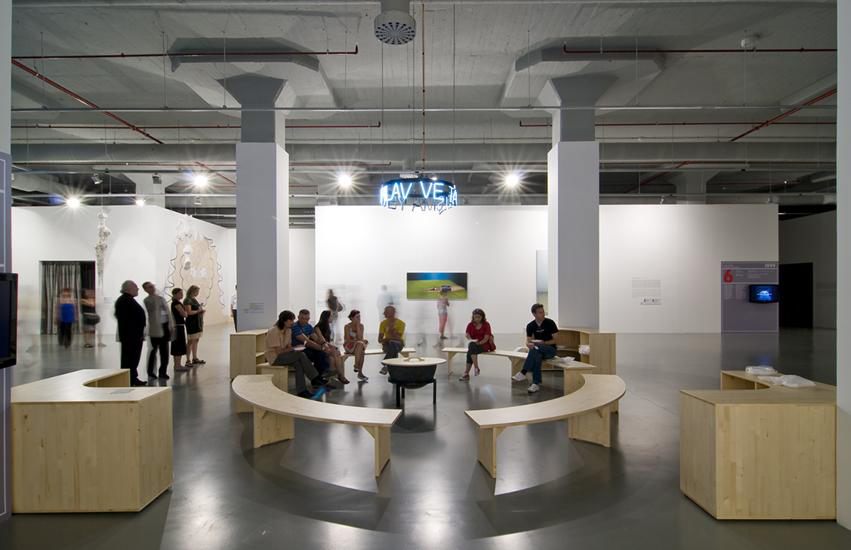- Open Today: 10.00–18.00
- Ticket
- Shop
- Membership
- TR EN
Time Present Time Past Highlights from 20 Years of the Istanbul Biennial
"Time Present, Time Past" included a selection of works from the first 20 years of the Istanbul Biennial, which introduced contemporary art to Turkey. Comprised of 50 works by 42 artists, "Time Present, Time Past" occupied the entire ground floor of Istanbul Modern, as well as several areas outside the museum. While documenting the past evolution of the Istanbul Biennial with a view to exploring its future development and possibilities, "Time Present, Time Past" also included a number of iconic works by artists both from Turkey and around the world that had partaken in the previous Istanbul Biennials. These works were accompanied by documentations of the in-situ works from previous biennials. The works in the exhibition were brought from Australia, France, Germany, Italy, Korea, Scotland, Spain, Sweden and U.S.A.
The exhibition reflected the transformation of the art scene in Istanbul and the role of the previous biennials within this change; with each curator writing an article for the exhibition catalogue about their experiences of the city, the biennial they curated and their perspectives on the future. To accompany the exhibition, an extensive catalogue that examines the evolution of the biennial in its first twenty years, and gives the views and perspectives of its curators from the past to present, was published.
Curators: David Elliot and Rosa Martinez
